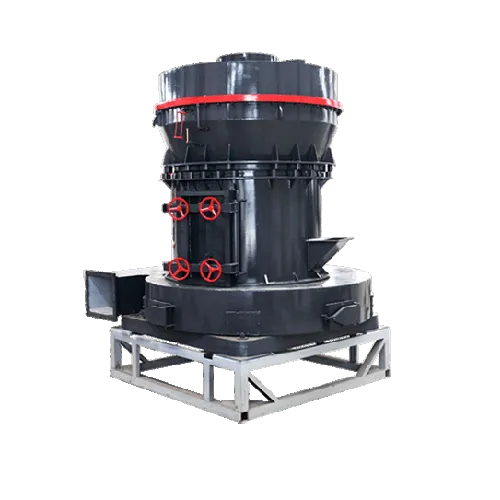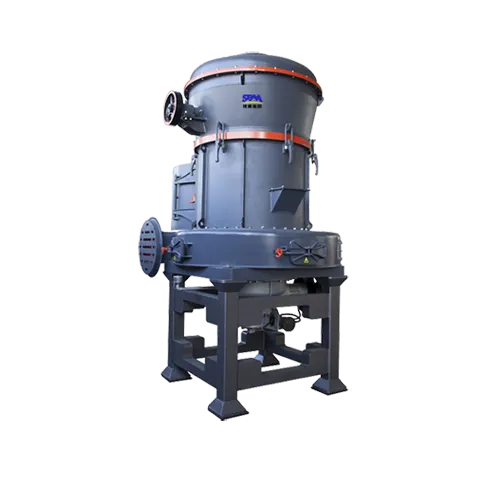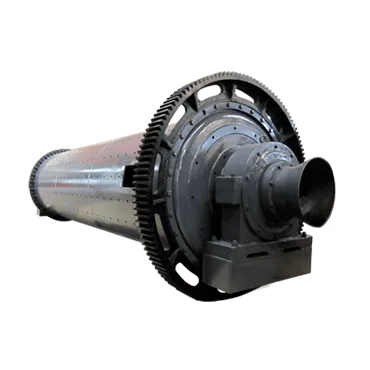Summary:Magnesium phosphate cement (MPC) is a special cementitious material, also known as chemically bonded ceramics. It has the advantages of fast setting speed, high
Magnesium phosphate cement (MPC) is a special cementitious material, also known as chemically bonded ceramics. It has the advantages of fast setting speed, high early strength, low volume shrinkage, good wear resistance, and can be constructed under low temperature conditions. Crack repair, solid waste heavy metals, biological materials, etc. have a wide range of application value.
Compared with the raw materials of MPC, mineral admixtures are easy to obtain and low in price. Many studies have shown that mineral admixtures can improve the performance of MPC to a certain extent. Therefore, it has become a trend to use mineral admixtures to replace some raw materials to prepare MPC. At present, common mineral admixtures mainly include alumina, silica fume, metakaolin, fly ash, slag, steel slag, etc.
1. Alumina
Alumina is one of the most abundant metal oxides in the world. It can partially or completely replace MgO to form phosphate cement, but it is difficult for Al2O3 and phosphate to form phosphate cement at room temperature, because Al2O3 has low solubility in water, so The MPC made by replacing part of MgO with Al2O3 is more widely used.
2. Silica Fume
Silica fume (SF) is also called micro-silica fume or ultra-fine silica powder, generally referred to as silica fume. SF is an ultra-fine siliceous powder material formed by rapid oxidation and condensation of SiO2 and Si gas produced during the smelting of ferrosilicon alloy and industrial silicon and O2 in the air, with an average particle size of about 0.1μm, and its main chemical composition The composition is amorphous SiO2.
Studies have shown that the physical filling effect of SF micro-aggregates is beneficial to the formation of dense structure of MPC mortar in the early stage of hydration and hardening. However, with the development of age, the formation of hydration products makes the MPC mortar matrix compact, and the physical filling effect of silica fume is gradually diminished. Therefore, the effect of SF on the later compression and flexural strength of MPC mortar is reduced. .
3. Metakaolin
Metakaolin (MK) is anhydrous aluminum silicate (Al2O3•2SiO2) formed from kaolin (Al2O3•2SiO2•2H2O) as a raw material and dehydrated at an appropriate temperature. Because the molecular arrangement of metakaolin is irregular, it presents a thermodynamic metastable state and has gelling properties under appropriate excitation. At the same time, MK has high activity, so it has become a common cement admixture.
Within a certain range, the compressive strength of MPC is directly proportional to the content of MK. On the one hand, because the particle size of the MK particles used is about one order of magnitude smaller than the particle size of the cement particles, they are filled in the cement gap to enhance the density of the structure. On the other hand, when MgO reacts with phosphate, it emits reaction heat to stimulate the active Al2O3 component in MK, and reacts with phosphate to form aluminum phosphate gelling substance, which has the effect of filling the cement gap, while improving the microstructure and improving The density of cement is conducive to improving the strength and durability of cement. However, excessive MK will weaken the strengthening effect.
4. Fly Ash
Fly ash (FA) is a powder waste produced during coal combustion. Its main mineral composition is glass, and its main chemical composition is SiO2, Al2O3, Fe2O3, CaO, etc.
Adding FA to MPC can prolong its setting time and improve workability. One is that the retarder mainly reacts with MgO particles and adsorbs on the surface of the MgO particles, hindering the reaction of MgO with phosphate. After FA replaces part of MgO, the total amount of MgO decreases and the relative content of retarder increases. The heat of hydration will be reduced, thereby prolonging the setting time. The second is that FA itself can absorb PO43-, preventing the production of K-Struvite, thereby slowing down the coagulation speed of MPC. In addition, in the process of freshly mixed MPC slurry, since the fine glass particles in FA have a certain lubricating effect, the fluidity of MPC can be improved.
5. Slag
The full name of slag is granulated blast furnace slag (GGBS), which is the waste slag produced during the smelting of pig iron in iron and steel plants. Its main chemical components are CaO, SiO2, Al2O3, etc.
In the MPC system, because GGBS is a very active admixture, it can usually shorten the setting time of MPC. In addition, GGBS and MPC form a good particle gradation, and the particle effect improves the fluidity of MPC slurry.
6. Steel Slag
Steel slag (SL) is a slag discharged from the steelmaking industry. It is formed at a temperature of 1500 to 1700°C, and is liquid at high temperatures. After slow cooling, it becomes a block, generally dark gray and dark brown. If liquid steel slag is treated by water quenching, it can be granulated like GGBS. Its main chemical components are CaO, SiO2, Fe2O3, Al2O3, MgO, etc., and the mineral phase is C3S, C2S.
In the MPC system, the addition of SL introduces C3S and free CaO. Ca2+ will react with the retarding component B4O72- in the fresh MPC slurry solution to form CaB4O7. The reaction consumes part of the B4O72- and weakens the retardation of boric acid. The coagulation effect shortens the coagulation time of MPC. In addition, due to the irregular shape of SL particles, as its content increases, the specific surface area increases, and the water demand increases; at the same time, the increase in SL content also increases the friction between the SL particles, resulting in slurry The fluidity is reduced.
In addition, in MPC, several mineral admixtures can be compounded. For example, Al2O3 and FA can prolong the setting time of MPC and improve its water resistance. In addition, Al2O3 will participate in the reaction to generate APH, which will improve the mechanical properties of MPC.
Read More About



